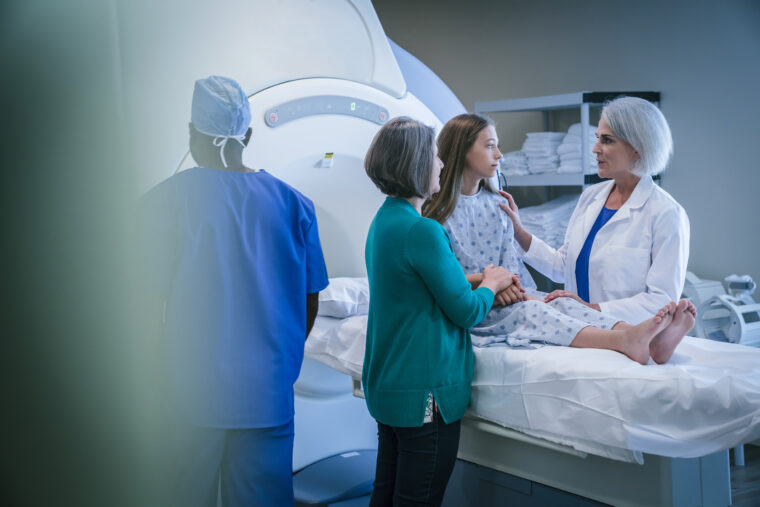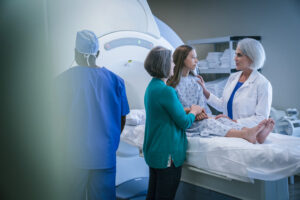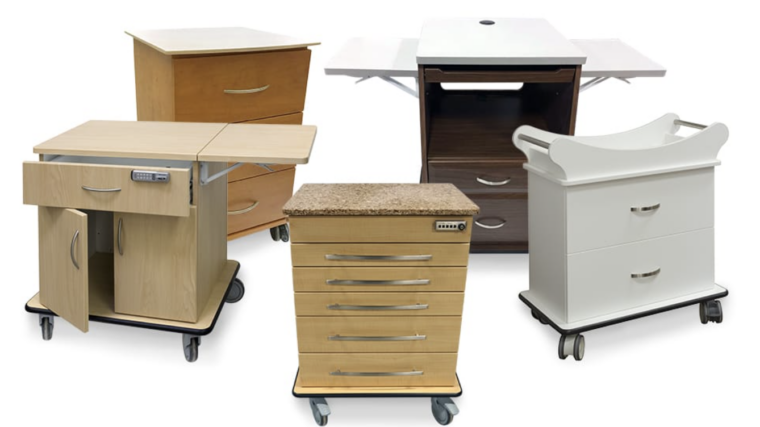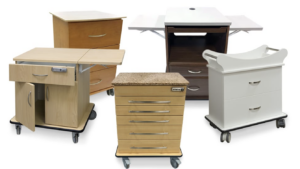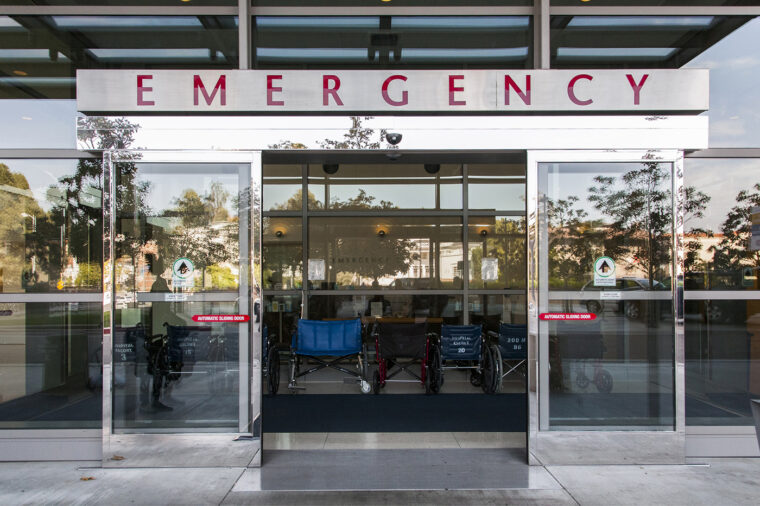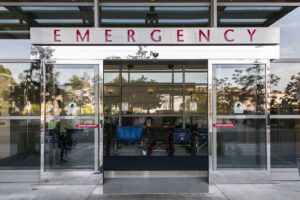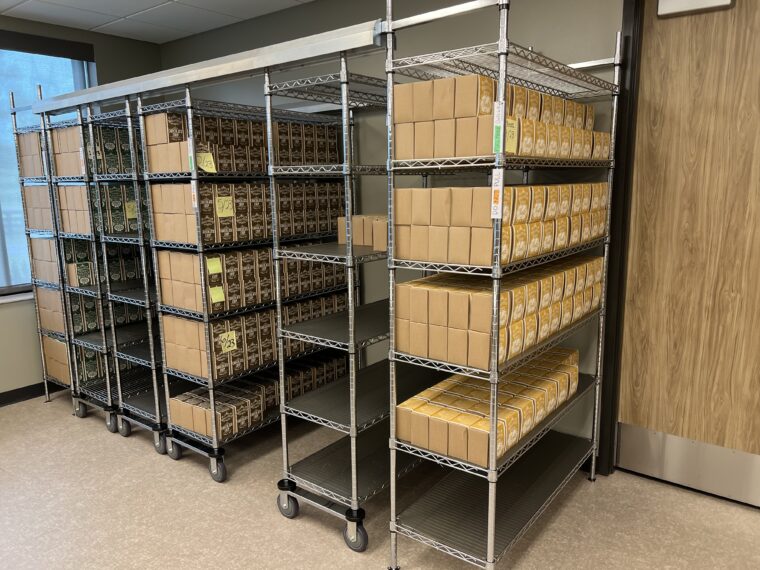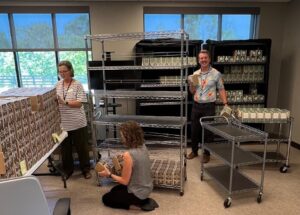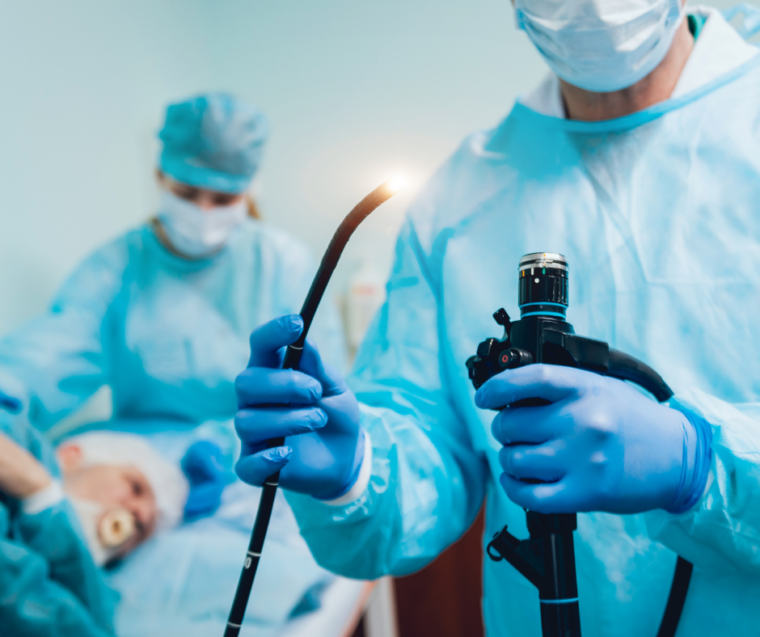Magnetic resonance imaging (MRI) technology is an indispensable tool because of its ability to provide accurate, non-invasive and detailed imaging of the body. Because MRIs provide better soft tissue contrast than CT scans, these images can help physicians differentiate between fat, water, muscle and other soft tissue. Physicians use MR images to diagnose a variety of conditions and diseases.
Although MRIs are important for medical diagnostics, they are not without their unique challenges and risks. Radiation is not used during the procedure, so there is no risk of exposure during an MRI. However, the MRI machine uses powerful magnets that produce a strong magnetic field. In fact, high-strength clinical MRI scanners are 60,000 times the strength of the Earth’s own ambient magnetic field, according to an article from Patient Safety & Quality Healthcare (PSQH). Because of this, patients with implanted devices, neurostimulators and certain prosthetic devices cannot have an MRI. Additionally, the strong magnetic field can attract magnetic objects found in the MRI suite—items as small as keys and as substantial as oxygen tanks. That is why it is of utmost importance, the Food and Drug Administration says, to carefully screen all people and objects entering the MRI suite to ensure nothing can act as a projectile and cause harm to patients or employees.
At Storage Systems Unlimited, we offer a variety of MRI-compatible equipment—including transport chairs and medical carts—specifically designed to enter the MRI suite. These specialized pieces of equipment are crafted using non-ferrous materials, meaning they remain unaffected by the MRI scanner’s magnetic forces.
Eliminating Complex Transfers With MRI-Compatible Transport Chairs
Efficiency is key in a busy hospital environment. MRI-compatible transport chairs—such as the Staxi-MR Transport Chair—can streamline the process of moving patients to and from the MRI suite. Designed to work within the magnetic environment, the chair eliminates the complex transfers or time-consuming safety checks.
The Staxi-MR Transport Chair has lifting armrests and a lifting footrest for easy side entry and front entry. Wheels are made with an anti-tip design, and the chair is equipped with a never-fail brake. Even better, the Staxi-MR Transport Chair meets the criteria for MR Conditional to an MRI system having a magnetic field strength of up to 3.0 T and a magnetic field gradient of 3K Gauss/cm. MR Conditional refers to a “medical device with demonstrated safety in the MR environment within defined conditions including conditions for the static magnetic field, the time-varying gradient magnetic fields, and the radiofrequency fields,” according to the FDA and the ASTM F2503-20 standards.
The Pediatric Touch: MRI-Compatible Pediatric Carts
Pediatric patients have unique medical needs, and having pediatric carts readily available is crucial. These carts help ensure that your hospital can provide specialized care to children efficiently and safely—and having an MRI-compatible pediatric cart is an even greater advantage.
At Storage Systems Unlimited, we offer the Harloff Aluminum MRI Compatible Pediatric Crash Cart, which is specifically designed for treating pediatric emergencies by using a multicolored drawer labeling system comparable to the Broselow color-coding method. The Broselow system ensures precise medication dosing, equipment selection, and procedures tailored to a child’s specific weight and height. The Harloff cart uses non-magnetic materials such as “low-ferrous, ball-bearing, full extension drawer slides and low-ferrous 5-inch sealed ball-bearing casters,” earning it the designation of MR Conditional by ASTM 52503-20 standards. This color-coded cart, when combined with MRI compatibility, is a valuable asset for hospitals, allowing providers to safely treat young patients within the MRI suite.
MRI-compatible equipment can help keep patients—young and old—and providers safe in the MRI suite. To learn more about our MRI-compatible product offerings, contact us at 1-888-614-0004 or visit storagesystemsul.com to learn more or request a quote.

